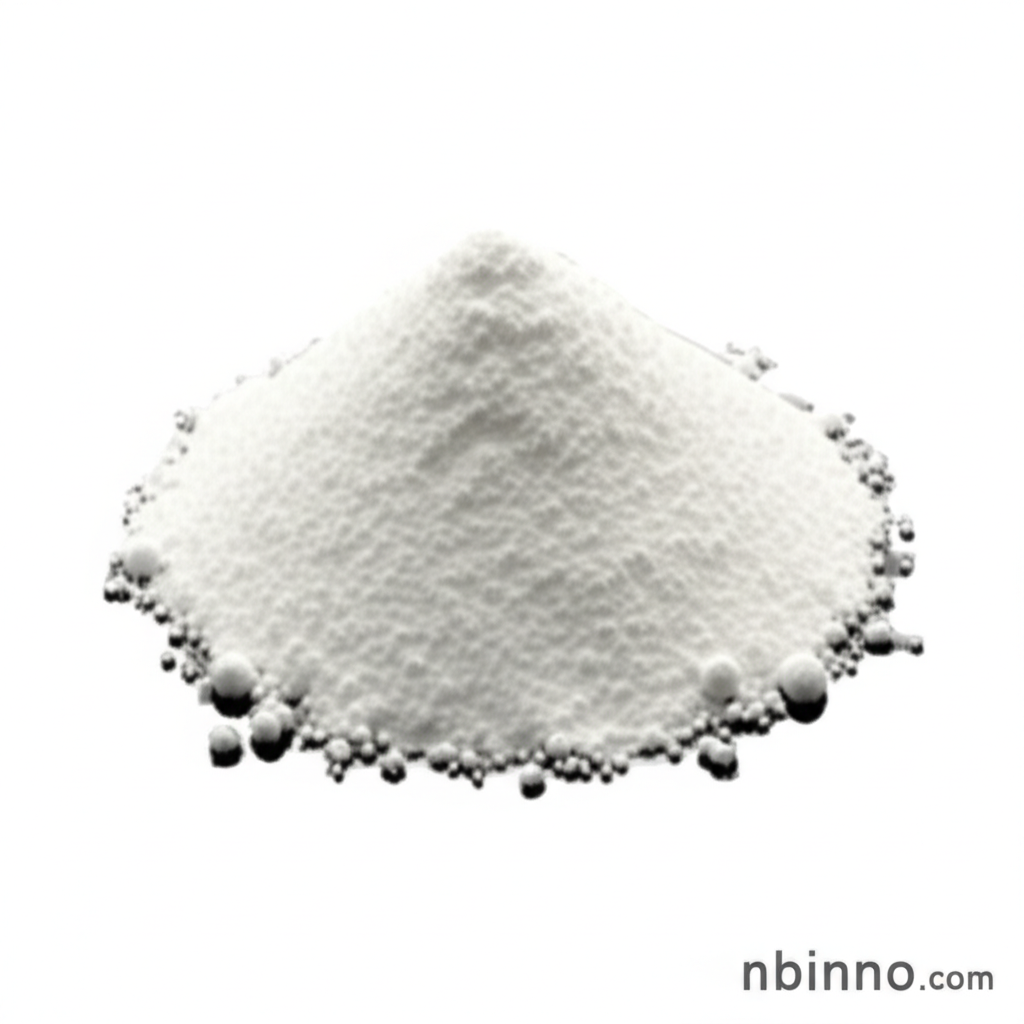2-Aminonicotinic Acid: A Versatile Intermediate for Pharmaceuticals, Agrochemicals, and Beyond
Discover the essential role of this key heterocyclic compound in modern chemical synthesis and product development.
Get a Quote & SampleProduct Core Value

2-Aminonicotinic Acid
2-Aminonicotinic acid stands out as a crucial heterocyclic intermediate, widely leveraged in the synthesis of vitamin B3 derivatives and other bioactive molecules. Its significance extends to being a fundamental building block for NAD/NADP coenzymes, vital for cellular metabolic processes. The compound also finds utility in the agrochemical sector for pesticide formulation and as a food additive for its anti-oxidative properties. Its dual amino and carboxyl functional groups allow for extensive chemical modifications, making it highly valuable in organic synthesis and material science.
- Explore the critical role of this 2-aminonicotinic acid intermediate in creating complex chemical structures.
- Learn how to buy 2-aminonicotinic acid to enhance your research and development processes.
- Understand the diverse 2-aminopyridine-3-carboxylic acid uses across various industries.
- Investigate the efficient 2-aminonicotinic acid synthesis pathways and their industrial relevance.
Key Advantages
Versatile Chemical Synthesis
Leverage the power of this fine chemical synthesis essential, enabling the creation of a wide array of target molecules.
Metabolic Coenzyme Support
Utilize it as a critical 2-aminonicotinic acid intermediate, fundamental for the production of NAD/NADP coenzymes vital for cellular energy.
Broad Industry Application
Benefit from its dual role in agrochemicals for pesticide formulation and as a food additive to prevent oxidation, showcasing its versatility.
Key Applications
Pharmaceutical Development
As a premier pharmaceutical intermediate, it is crucial for synthesizing various APIs and bioactive compounds for health applications.
Agrochemical Innovation
This compound serves as a vital agrochemical intermediate for pesticide formulation, contributing to crop protection solutions.
Nutritional Enhancement
Its function as a food additive to prevent oxidation makes it valuable in food preservation and enhancing product shelf-life.
Material Science Advancements
The inherent reactivity of 2-aminonicotinic acid makes it a sought-after component in developing novel materials through organic synthesis.
